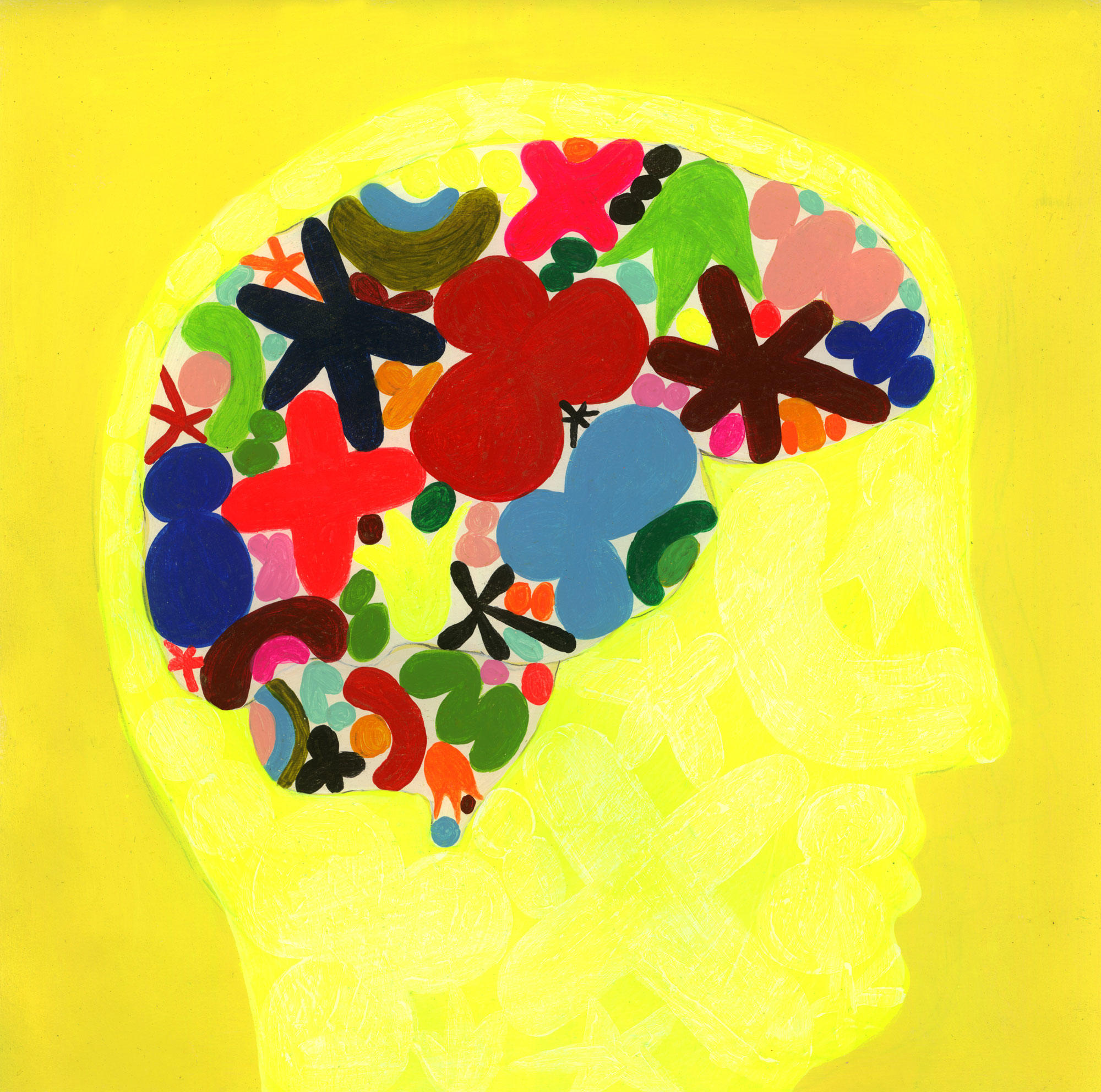On a Tuesday afternoon, Nellie Escalante, who works for the nonprofit Arts & Minds, stands in the basement of the Studio Museum in Harlem and directs a question to a small group of adults: What is art?
The room is filled with photographs of a 1983 performance piece by artist Lorraine O’Grady. O’Grady entered a float — a giant gold picture frame on wheels — in the African-American Day Parade and “framed” the neighborhood and its inhabitants: laughing kids, cops, a young woman pointing her finger. Together, the images in the room form a photo documentary titled Art Is ...
“Art is her community,” says Carol, quick to answer. “Everyday people. It could be anything.”
“I don’t think art can be anything,” says Mitch, an actor. “What makes this art is that there is a concept behind it. There has to be some intelligence and some intention.” Sitting in a wheelchair to Mitch’s left, John, a retired judge, calls O’Grady “a brilliant artist, because she picks subjects she knows and uses them.”
Most of the participants are over sixty-five. Some have been coming to the Studio Museum every Tuesday for the past few months; others have been in the program for years. All of them are in the early stages of dementia.
The group and their caregivers move from the gallery to a white room down the hall, where there are tables set up with paints, crayons, and oil pastels. Escalante asks everyone to create collages or pastel drawings that show “what art is.”
Many in the room may have already forgotten the precise images of Art Is ..., and the discussion they had about it just minutes before. As visual aids, Escalante hands out postcard images from the series, which some choose to use in their collages. One man draws an abstract composition of two red rectangles. “I was thinking of people — human beings,” he says.
James Noble ’08PH, an assistant professor of clinical neurology and the neurology clerkship director at Columbia University Medical Center, also thinks about people. Noble got the idea for Arts & Minds in the spring of 2008, after he visited programs for dementia patients at the Metropolitan Museum of Art and the Museum of Modern Art. At the time, he was a fellow in the aging and dementia program at Columbia and about to start a new position as a neurologist at Harlem Hospital Center. He knew of two dementia patients who worked as artists: both continued to pursue their work through the stages of dementia.
“I was interested in understanding how dementia patients expressed themselves through art,” Noble says. “But as soon as I got there, I realized more meaningful things were happening.” Noble saw how these programs could build, or renew, connections between patients and their caregivers and family members.
“Dementia patients would say something profound, and the family members would look at them with awe. It was as though they were thinking, I haven’t heard him say something like that in a long time. I got the impression that these people had probably been sitting at home idle for most of the day, and I realized what could blossom in the right context. It was a powerful moment.”
At the Met, Noble was greeted by art educator Carolyn Halpin-Healy. Noble had wanted to be a fly on the wall, but Halpin-Healy came over to him with a brush, and soon he was painting a still life with a pineapple in the style of Gauguin. In mid-2009, Noble received funding to start his own program. But that fall, the plans he’d made with another institution fell through. That’s when he called Halpin-Healy, who arranged to bring the new program to the Studio Museum. Arts & Minds has now been at the museum for more than five years, with Halpin-Healy as the executive director. Two other museums also work with Arts & Minds: El Museo del Barrio, where sessions are held in Spanish, and the New-York Historical Society.
Recently, Noble and one of his students, Hannah Roberts, published a study of medical students’ perceptions of dementia patients and how students’ comfort with these patients improved after visiting Arts & Minds and a similar program at the Met. Preliminary findings from a second study suggest that the more time patients spend in these programs, “the better they and their caregivers do in psychological assessments and assessments of caregiver burden and stress.”
The goal for Arts & Minds, says Noble, is “to combat the apathy and idleness which are a part of the illness, and the sadness that develops for caregivers as they watch their loved one experience, to some degree, a loss of personhood.”
At the very least, there doesn’t seem to be much downside to engaging with art.
“Compared to some of the medications I prescribe,” Noble says, “there are relatively few potential side effects.”
James Noble is an assistant professor of neurology at the College of Physicians and Surgeons, the Taub Institute for Research on Alzheimer’s Disease and the Aging Brain, and the Gertrude H. Sergievsky Center — all at Columbia University Medical Center. In 2010, Noble cofounded the nonprofit Arts & Minds.



